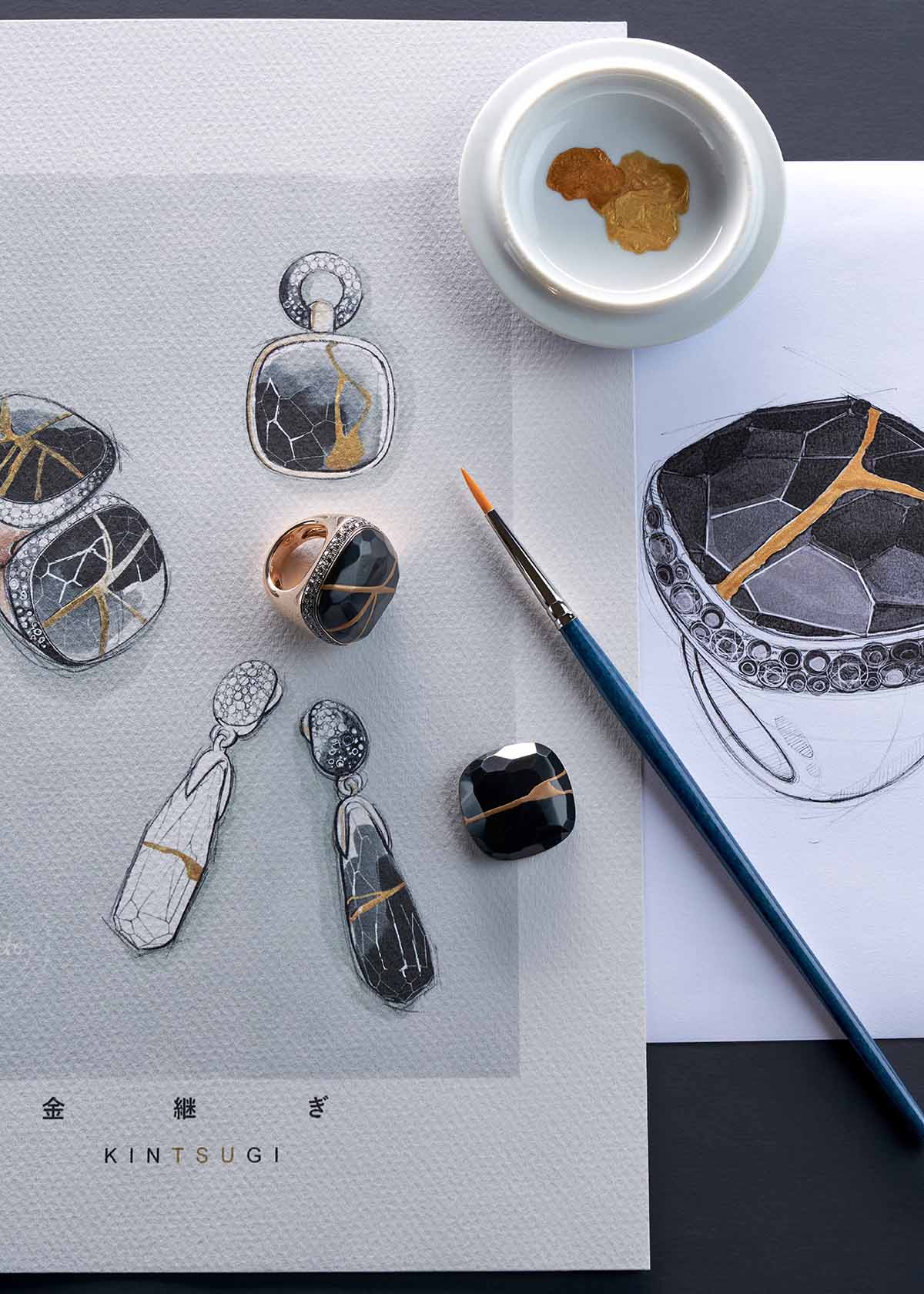
Pomellato’s Kintsugi collection brings the old Japanese technique of repairing broken ceramics with lacquer and gold dust to the upcycling of broken gemstones. Courtesy of Pomellato
Continuing our focus on sustainability in line with COP26, Torri Mundell explores how jewellery house Pomellato’s latest collection makes use of broken, upcycled stones
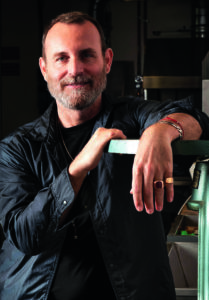
Vincenzo Castaldo. Photo by Angela Lo Priore
Sustainability and ethical practices are a constant challenge for the jewellery industry. On the one hand, customers want the most desirable products and are willing to pay what it takes, so jewellery very rarely ends up as landfill. On the other hand, the sector is beset by reports of unsustainable practices and labour scandals.
Pomellato, the Italian jeweller known for its whimsical and colourful creativity, has set up camp firmly on the ESG (environmental, social and corporate governance) side of the jewellery industry. The company is part of Kering, the French luxury giant run by François-Henri Pinault which has long made a virtue of its ethical endeavours (it was the first luxury group to introduce an environmental profit & loss account and expects its brands to follow it).
Follow LUX on Instagram: luxthemagazine
Vincenzo Castaldo, creative director of the brand, is at the heart of the company’s challenge: how to continue its trademark originality and freshness of design, while ensuring everything is produced via a supply chain strictly internally audited for its ESG credentials.
“With its timeless nature, a jewel carries the message of sustainability like nothing else,” says Castaldo. He says the pandemic has strengthened his customers’ resolve to shop more conscientiously. Fine jewellery is no longer simply about “the intrinsic value of materials and craftsmanship but about ethical and cultural values… The events we have recently experienced are addressing us to a more conscious luxury. Our clients are more and more interested in the story you are telling, the ‘behind the scenes’ narrative.”
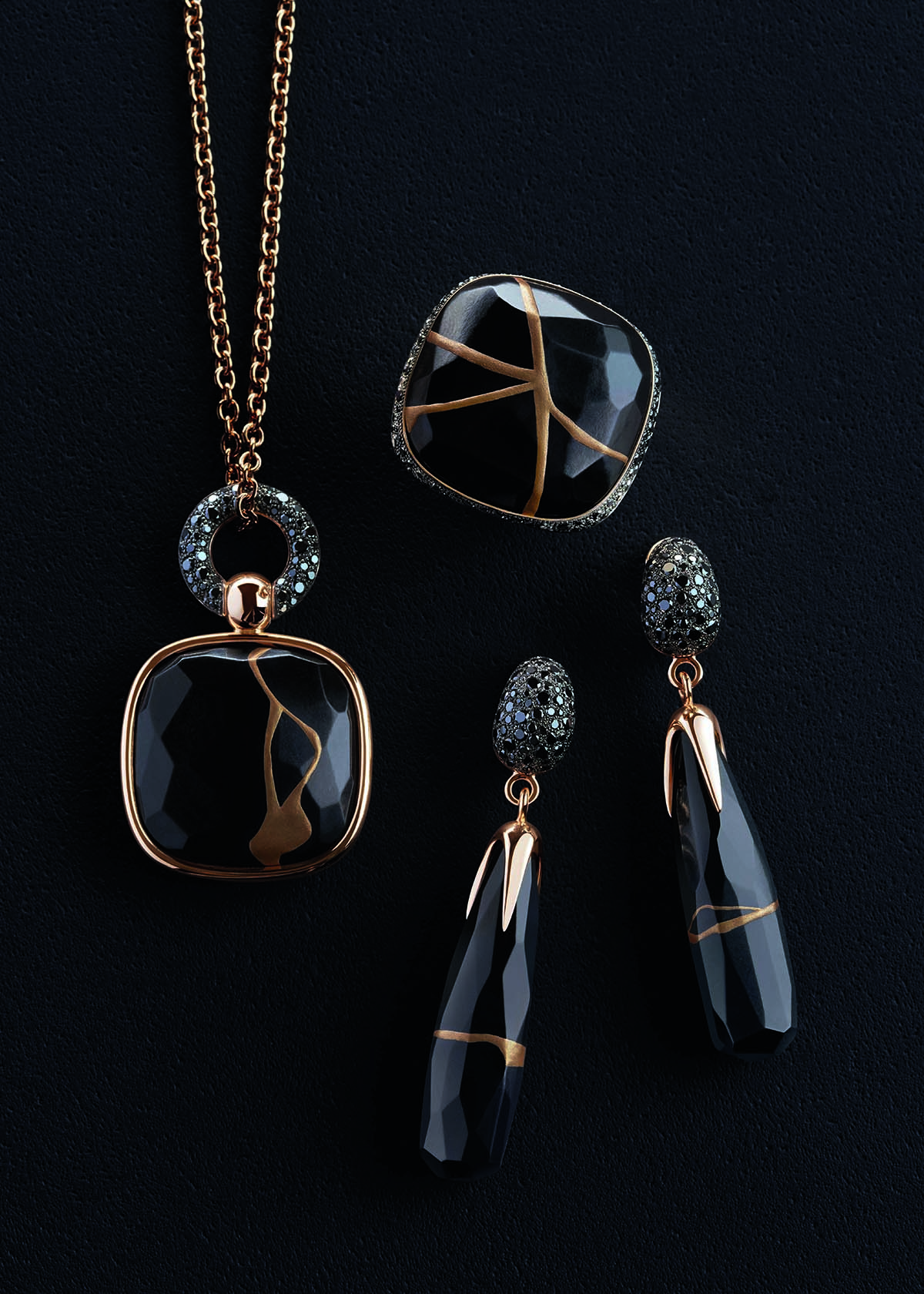
A selection of pieces from the collection. Courtesy of Pomellato
Establishing supply chains for precious metals and gems is the industry’s biggest challenge. The chains are notoriously murky, mainly because raw materials often originate from some of the poorest places in the world and pass through many countries and hands – miners, cutters, refiners and dealers – before they arrive to market.
In 2018, five years after its acquisition by Kering, the Italian jewellers achieved 100 per cent responsible gold purchasing – valuable because gold-sculpted pieces set with colourful precious stones as well as bold, chunky chains have been central to the brand’s relaxed, modern aesthetic since its founding in 1967.
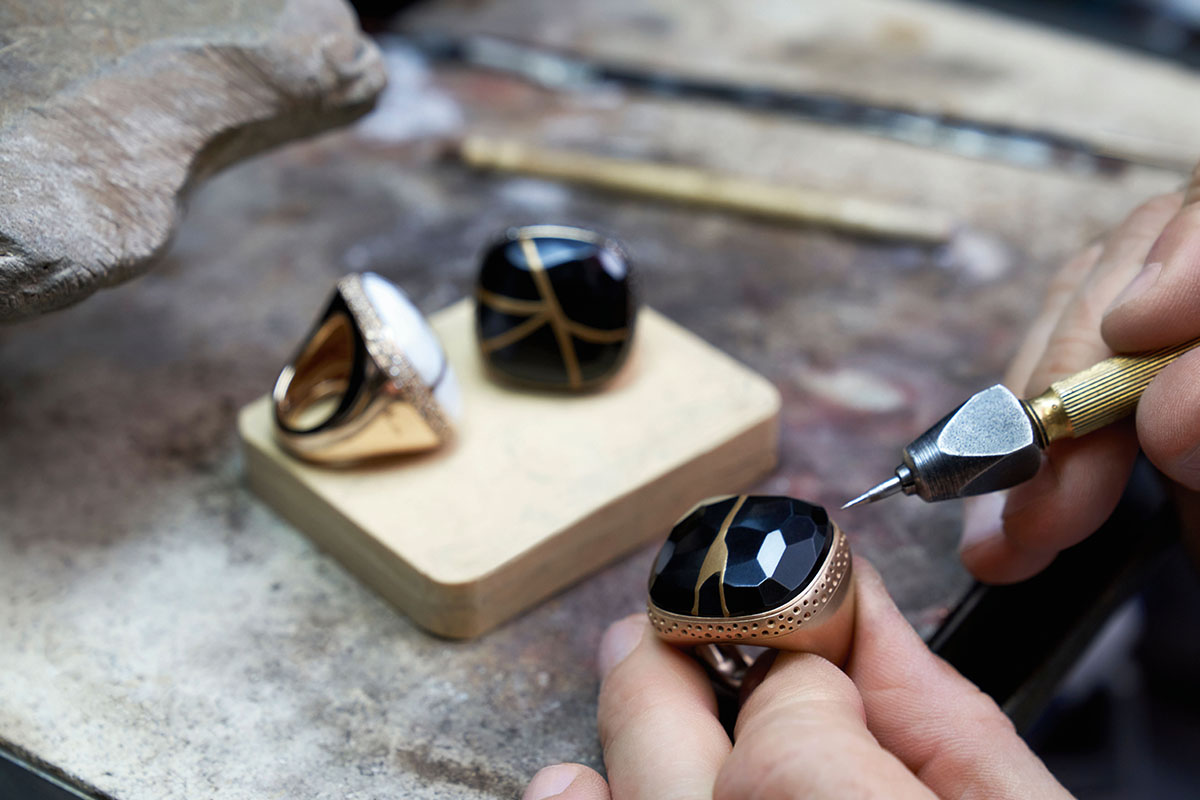
The atelier where the collection is made. Courtesy Pomellato
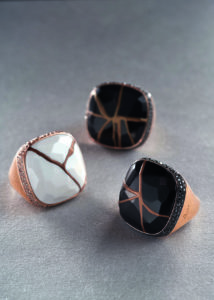
A selection of rings. Courtesy Pomellato
The market for coloured gemstones and diamonds is even less regulated than that of precious metals. The brand has been collaborating with the Responsible Jewellery Council to develop their network of diamond suppliers. Brokering a direct relationship with a mining company is another way to establish the provenance of gems: lapis lazuli stones sourced ethically from an artisanal mine in Chile were used in the brand’s earlier, made-to-order Denim Lapis Lazuli collection.
Read more: Two designers on sustainable luxury design
When it comes to design, Castaldo says, “the biggest challenge is to keep alive the conversation between creativity and sustainability.” The Kintsugi collection, using upcycled stones, benefits from a “cross pollination” between the two. Castaldo was inspired by his visit to Japan in 2019, where he became captivated by the tradition of reassembling broken objects with lacquer and decorating the original fracture with a seam of gold. “I was drawn to the elegance of Japanese thinking and the idea of something broken becoming more precious through this ritual of repairing,” Castaldo remembers.
Slightly flawed stones have been used by Castaldo in previous designs, but the Kintsugi collection showcases gems that are actually broken: damaged pieces of jet and kogolong which would normally be discarded. A female kintsugi artist repairs the gems in Tokyo before they are brought to Pomellato’s craftsmen in Milan; the collaboration yields minimalist rings, earrings and pendants that tell a story through the gold seams streaking across former cracks and fissures in the gems. “Each jewel is truly one of a kind,” he says, “and this, to me, is the real essence of preciousness.”
Kintsugi is an ancient craft, but for Castaldo, “the idea of celebrating your scars as a sign of strength through healing is a very contemporary philosophy”. So, too, is the movement to reorder our priorities and shop more conscientiously.
Find out more: pomellato.com
This article was originally published in the Autumn 2021 issue.

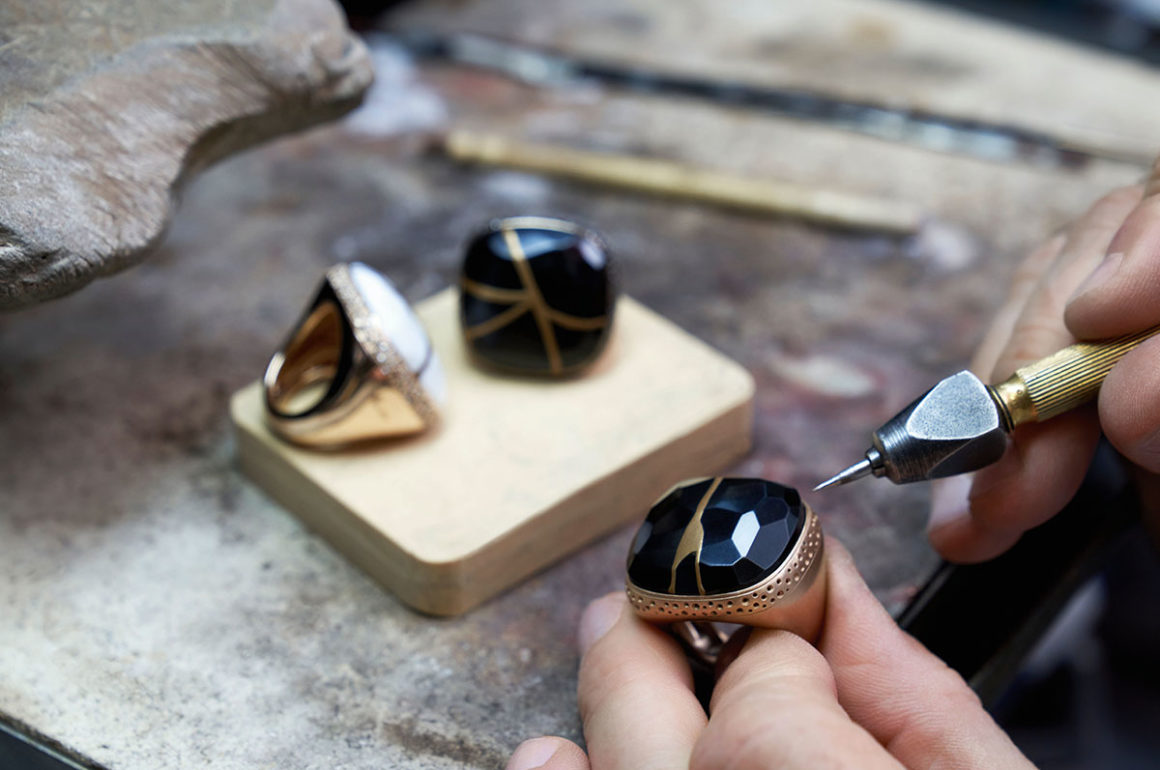
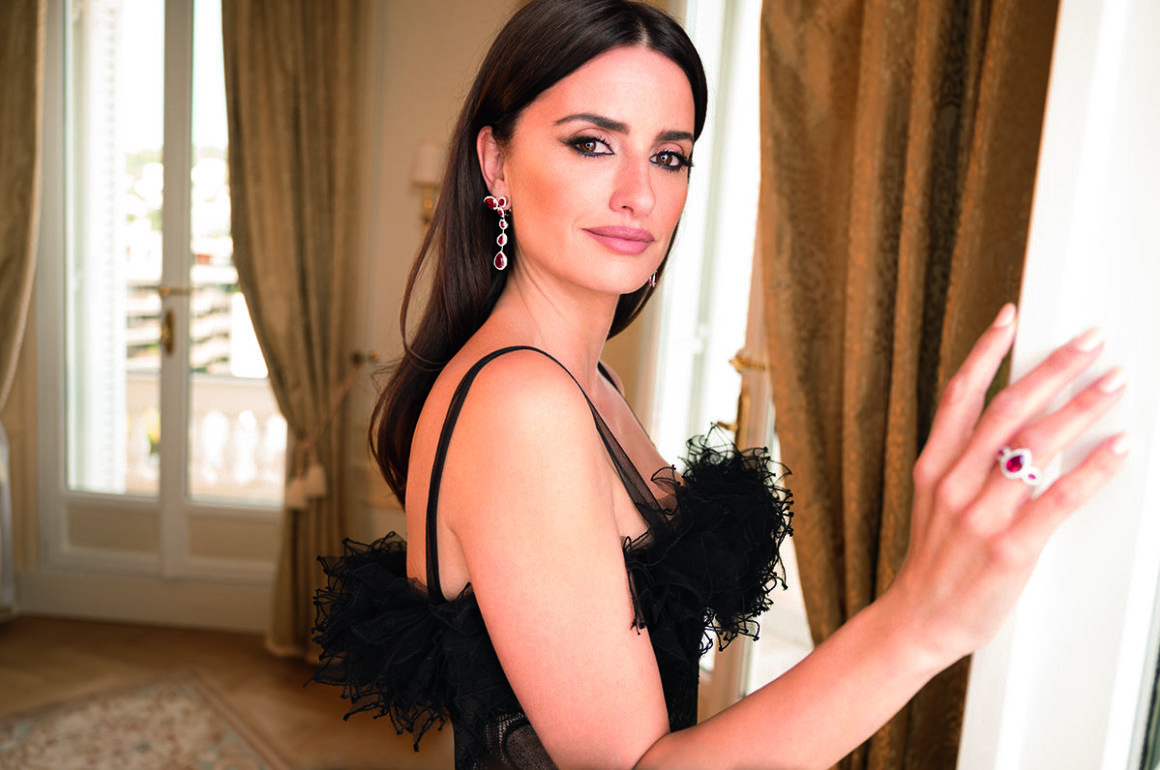
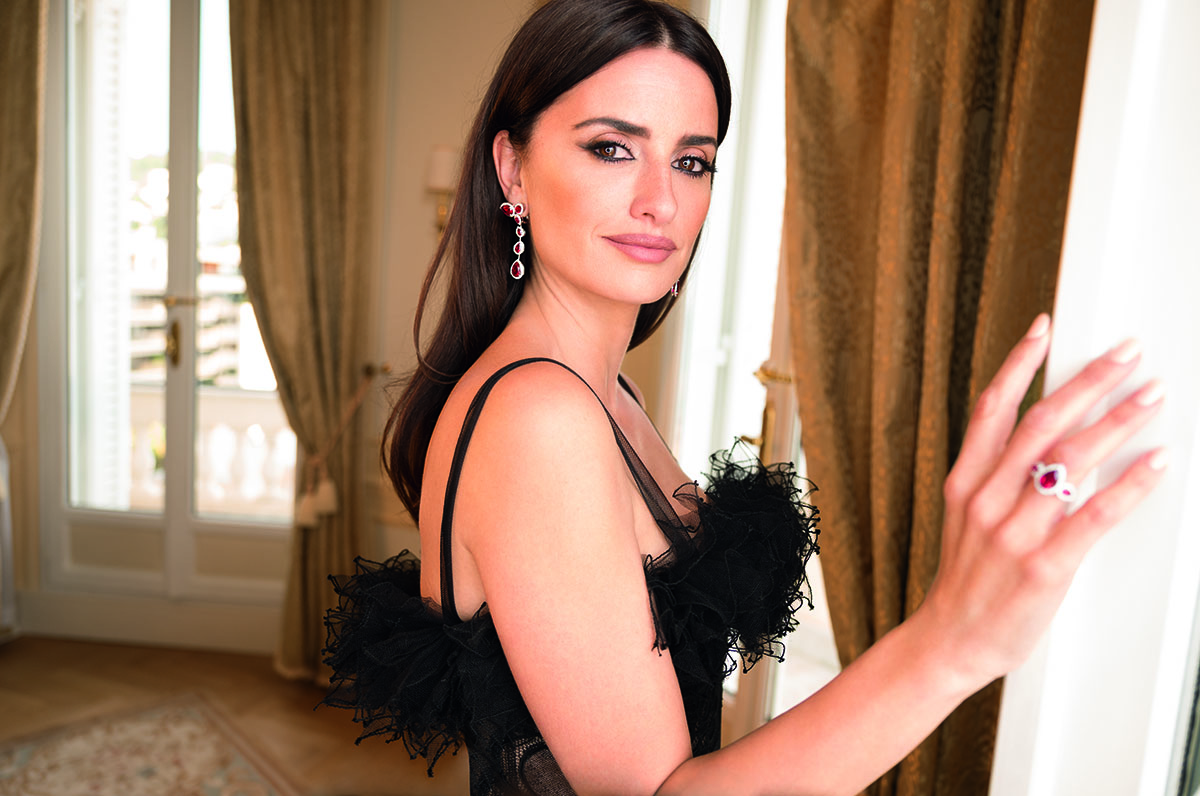
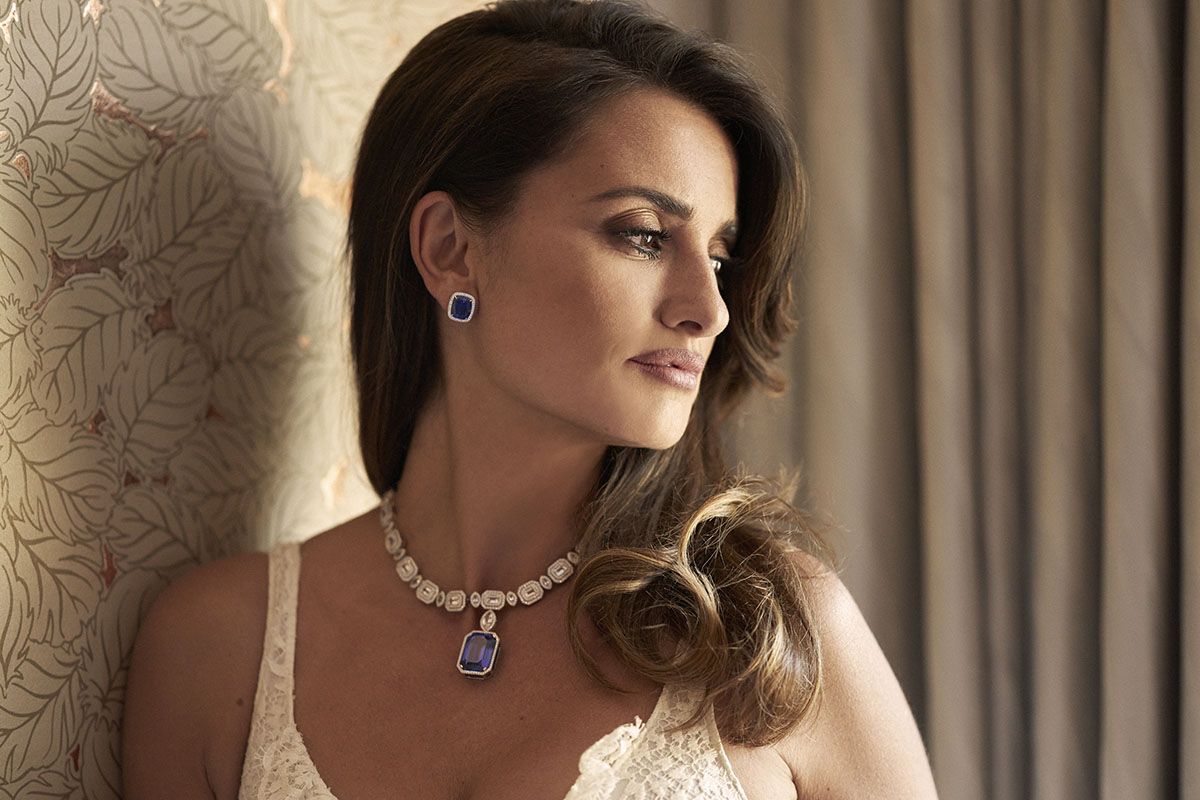
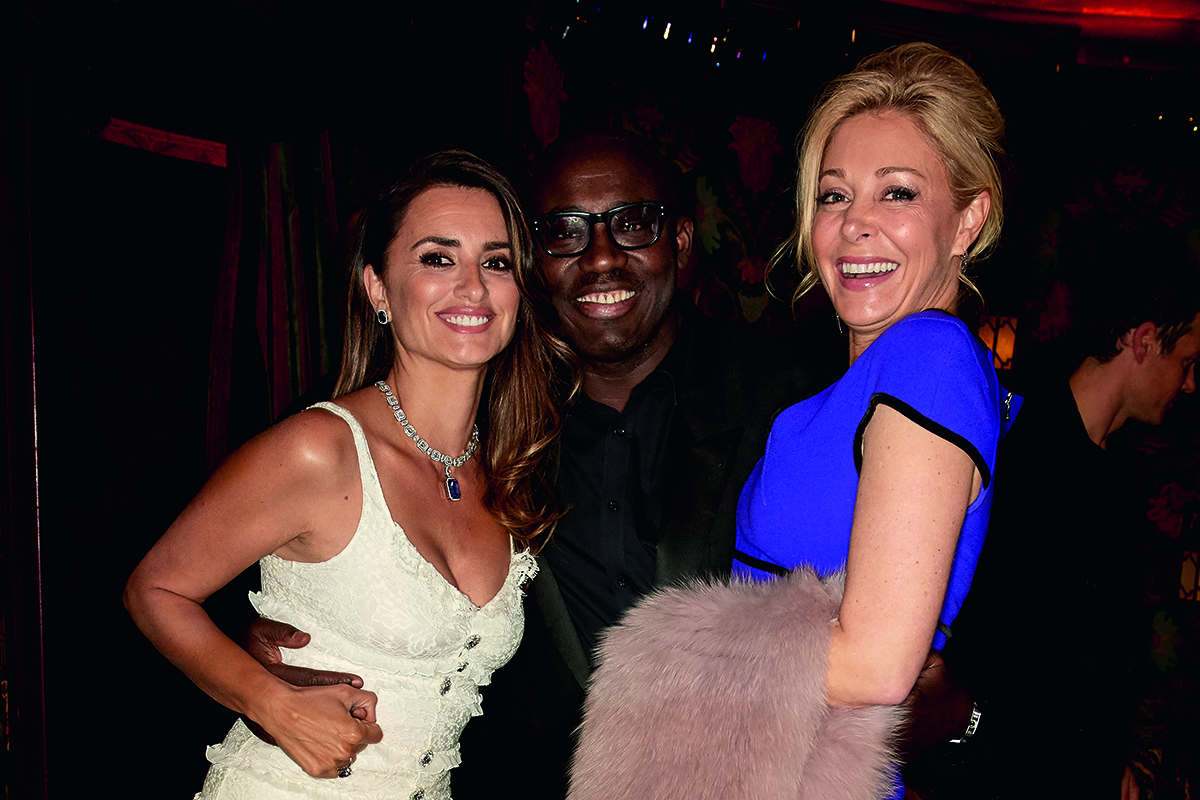
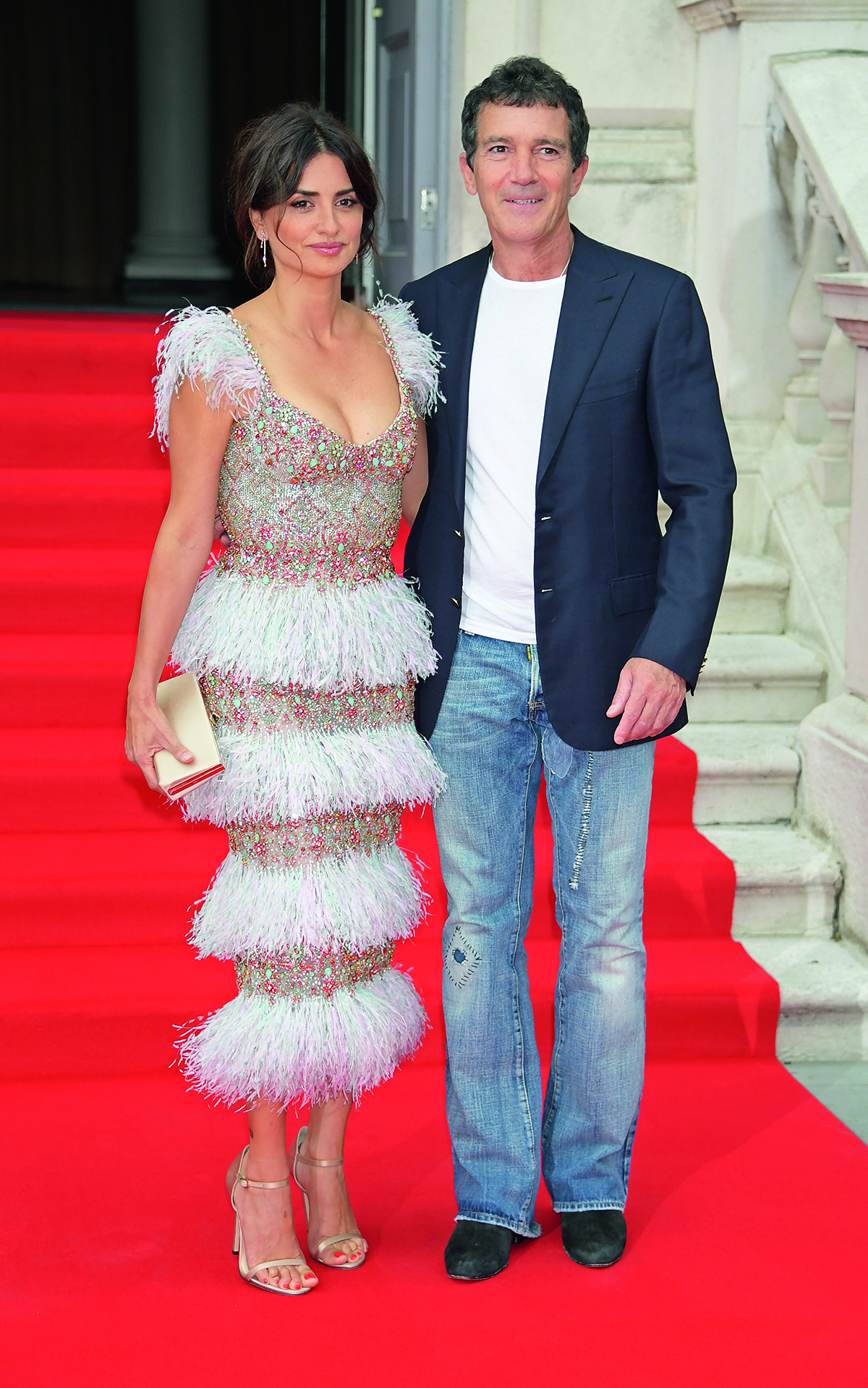
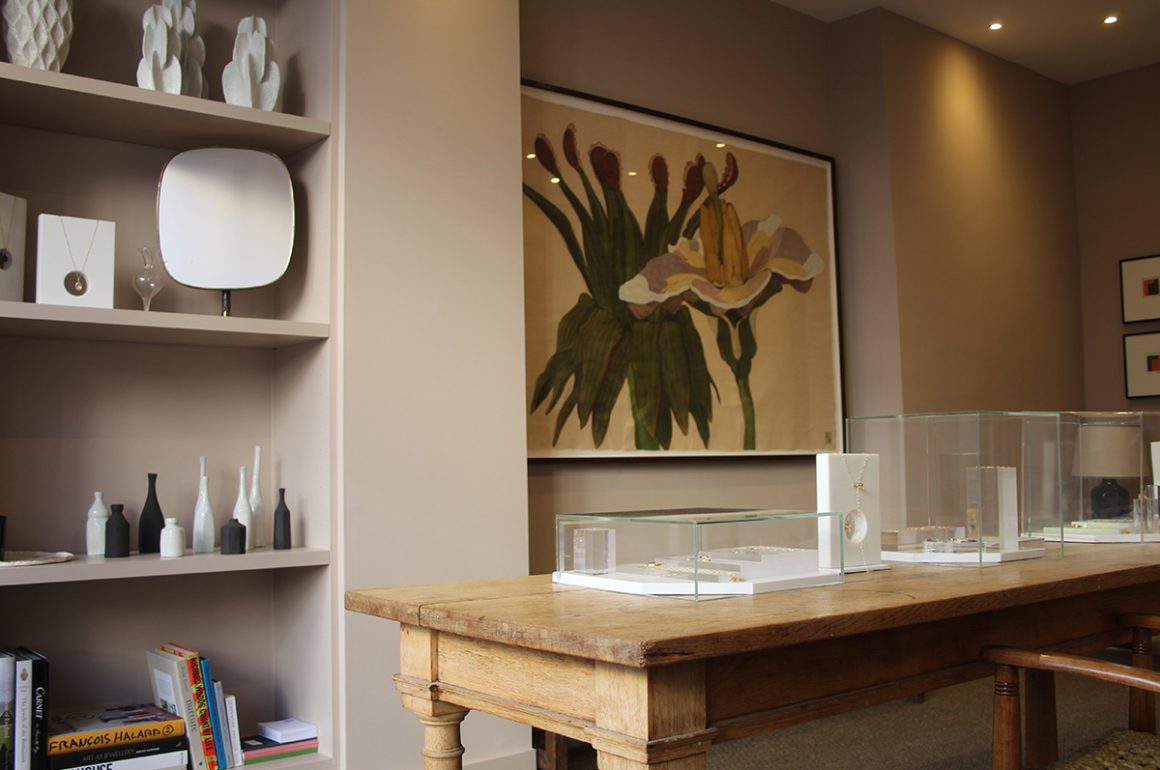
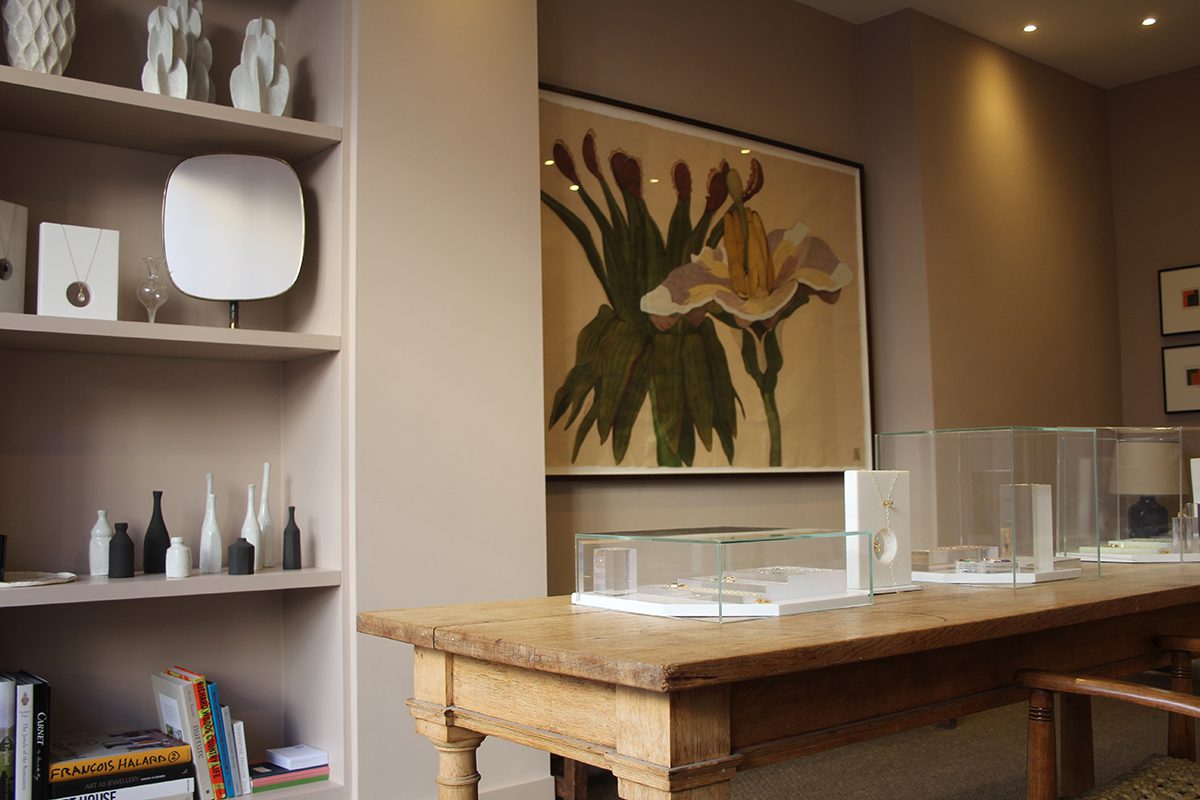
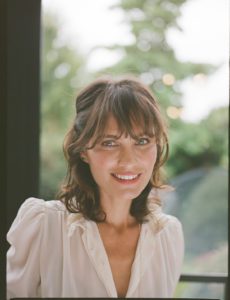
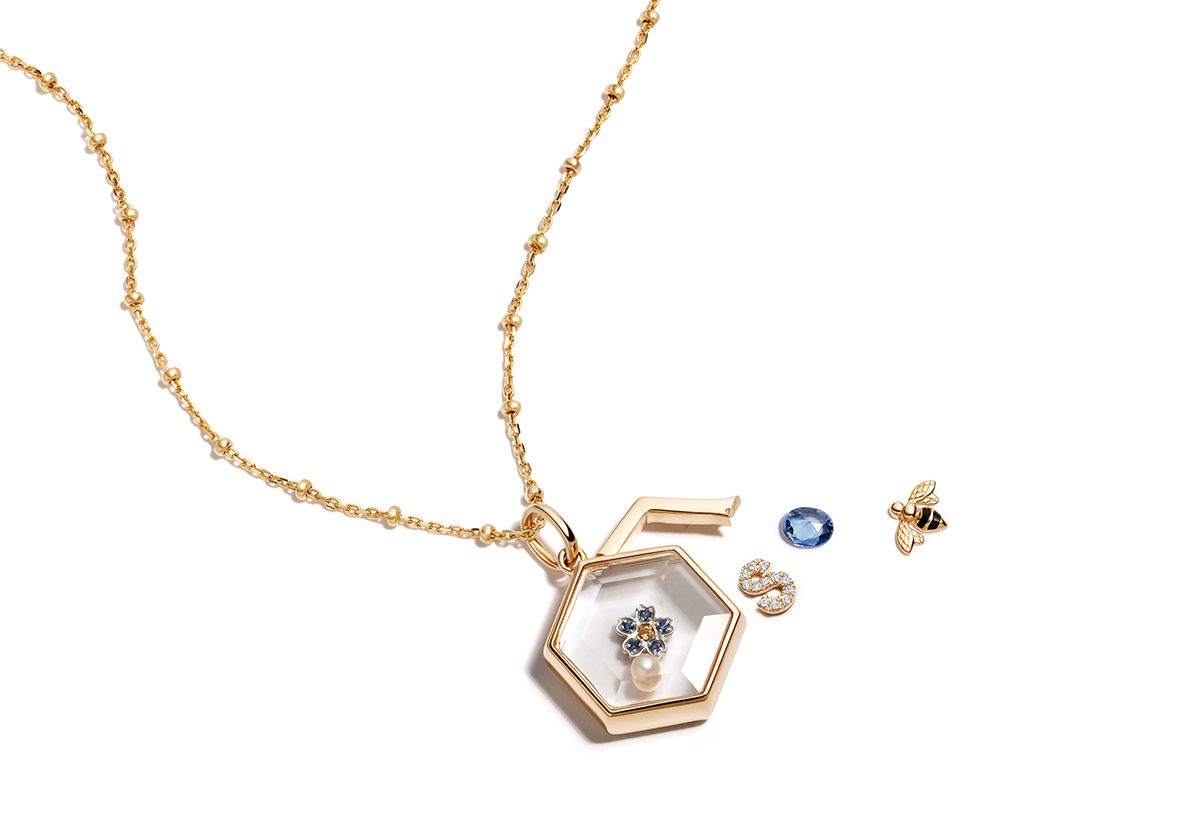
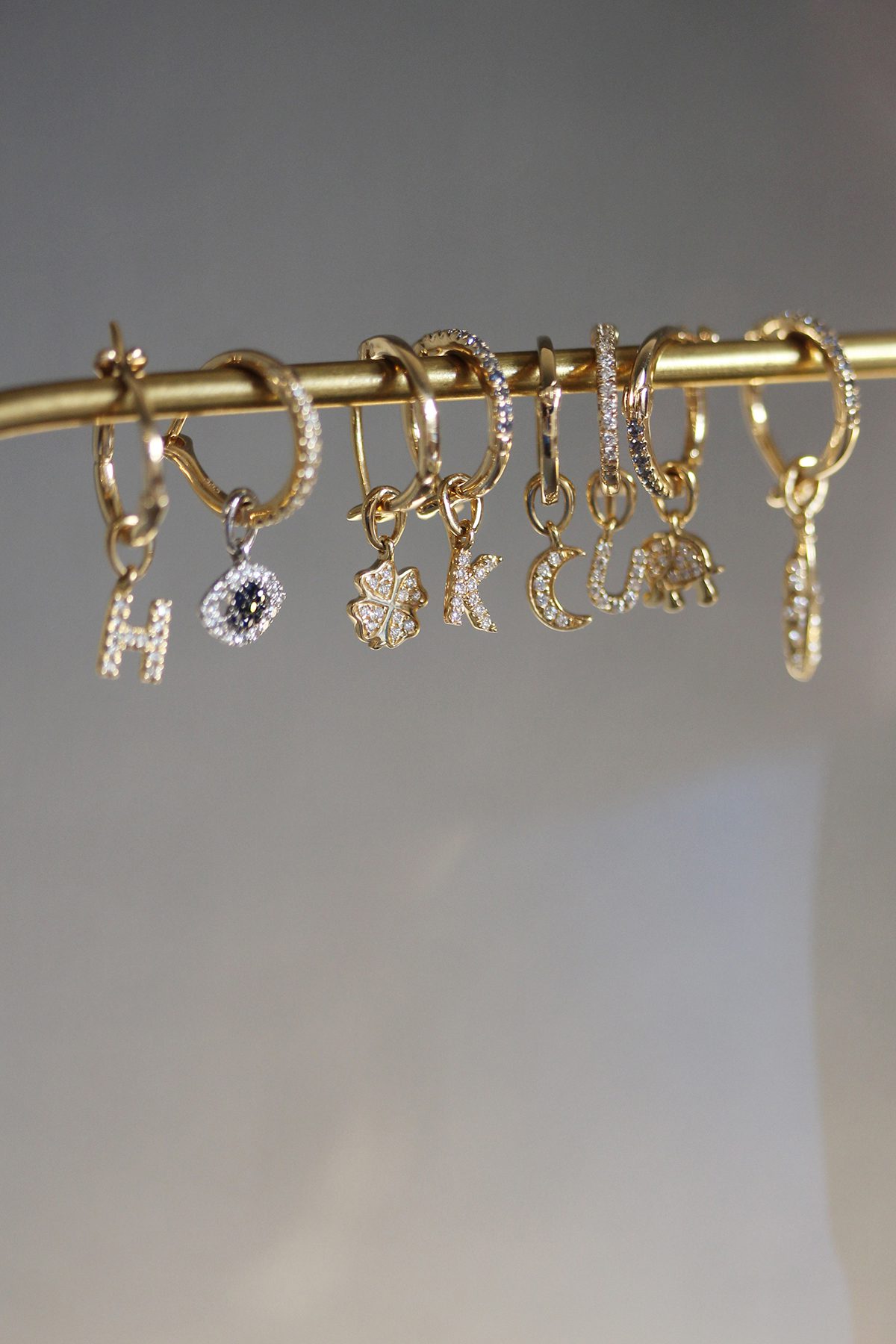
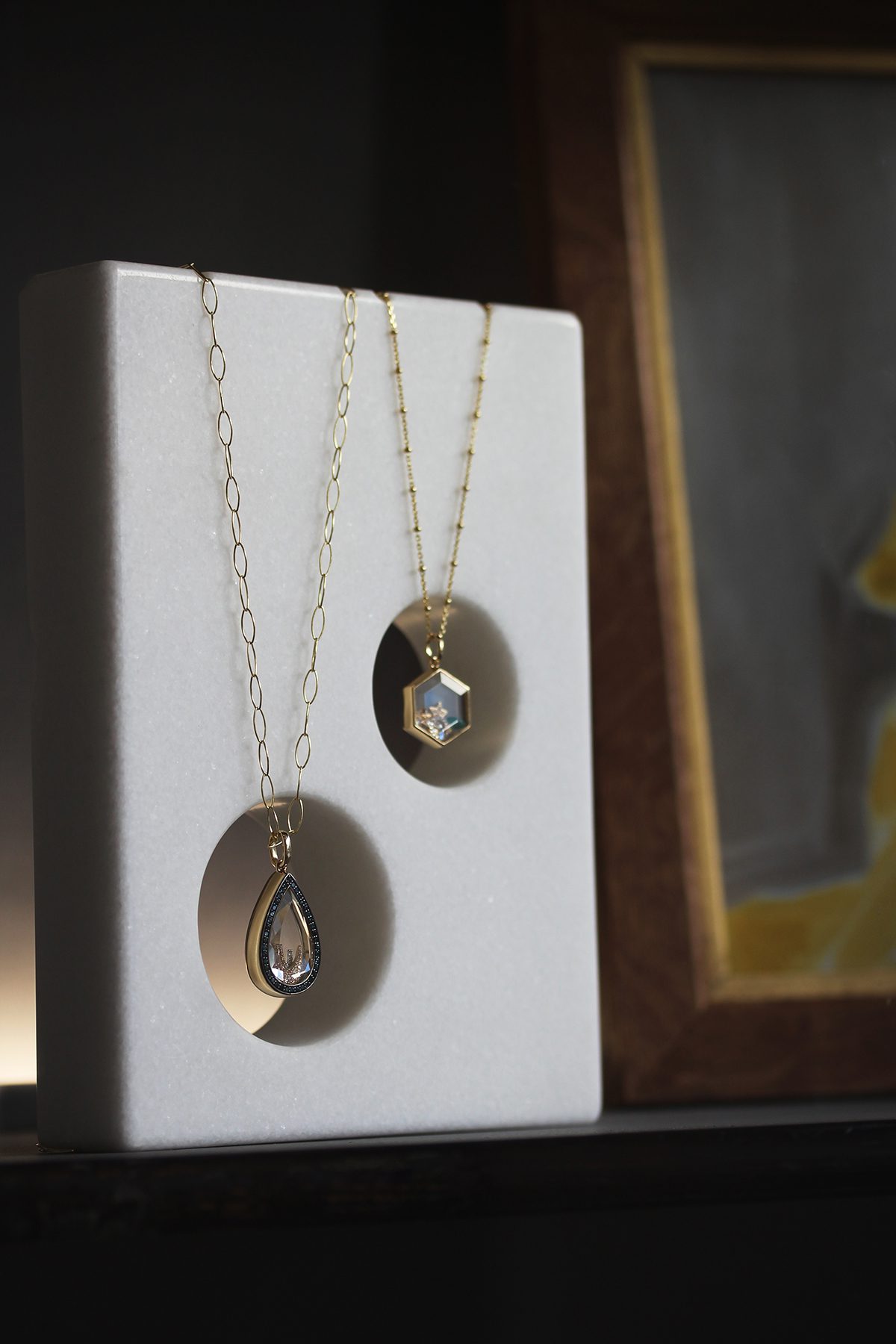
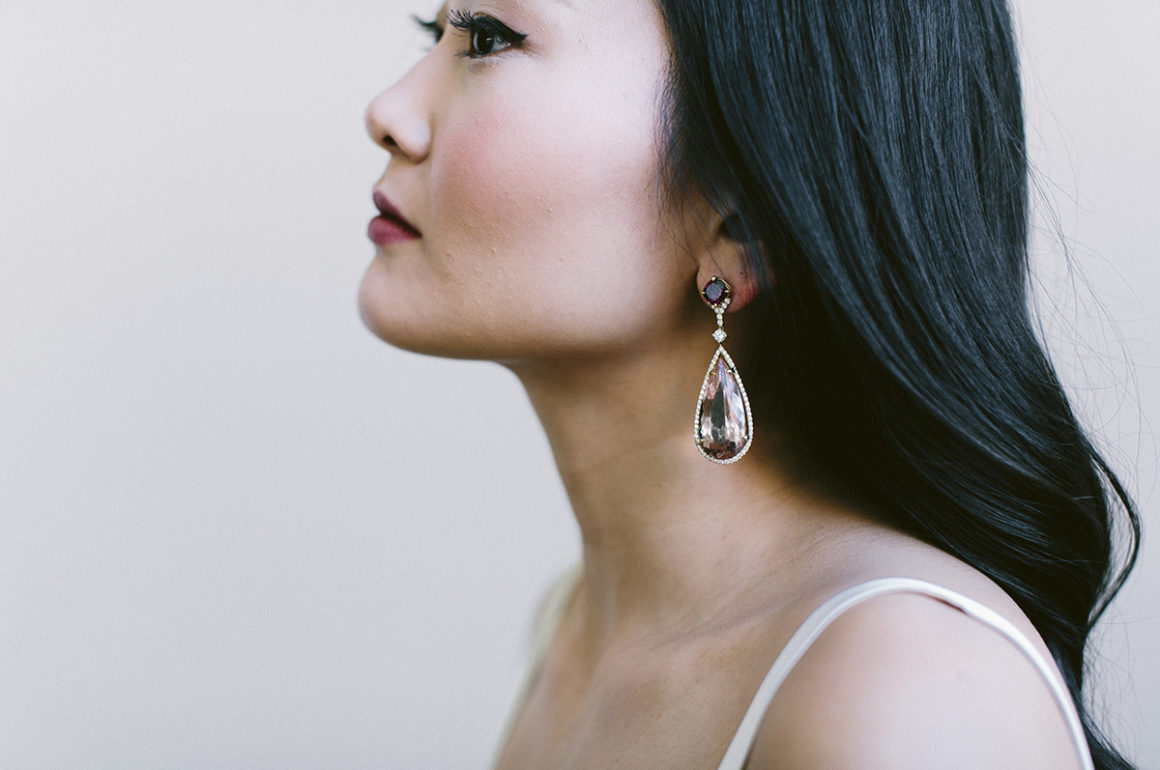
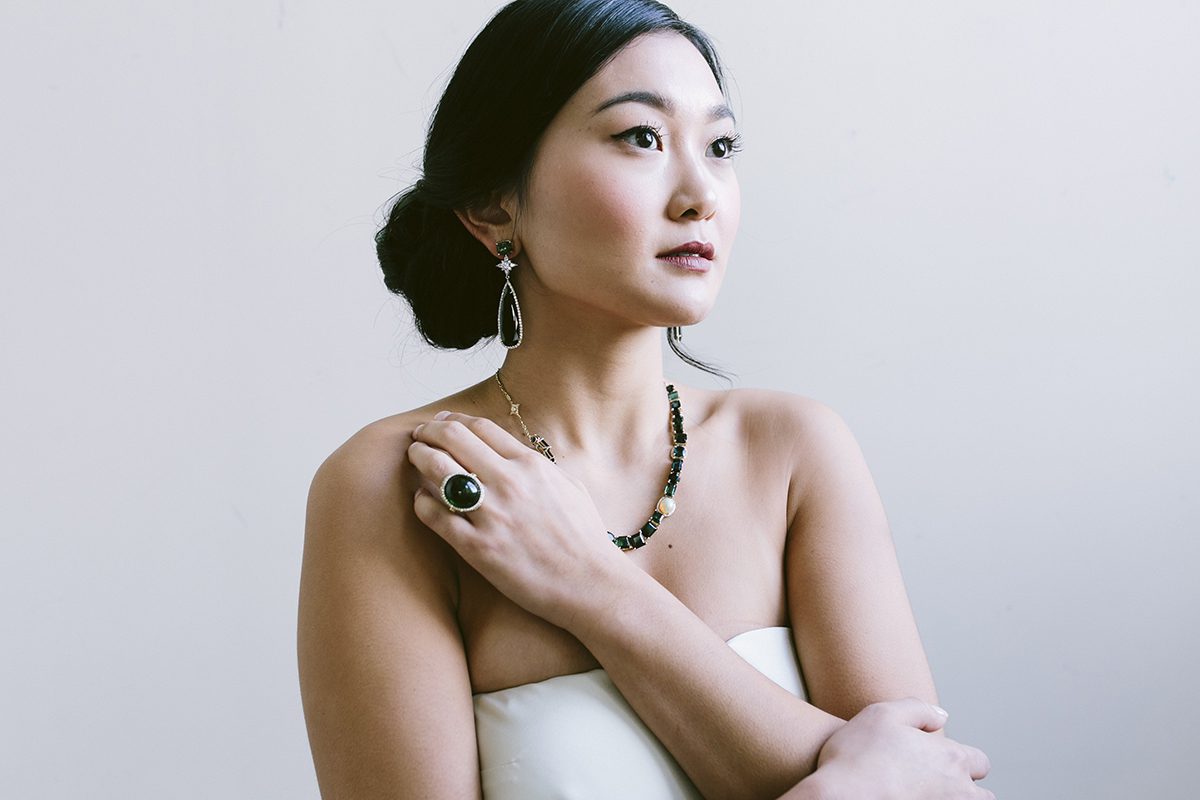

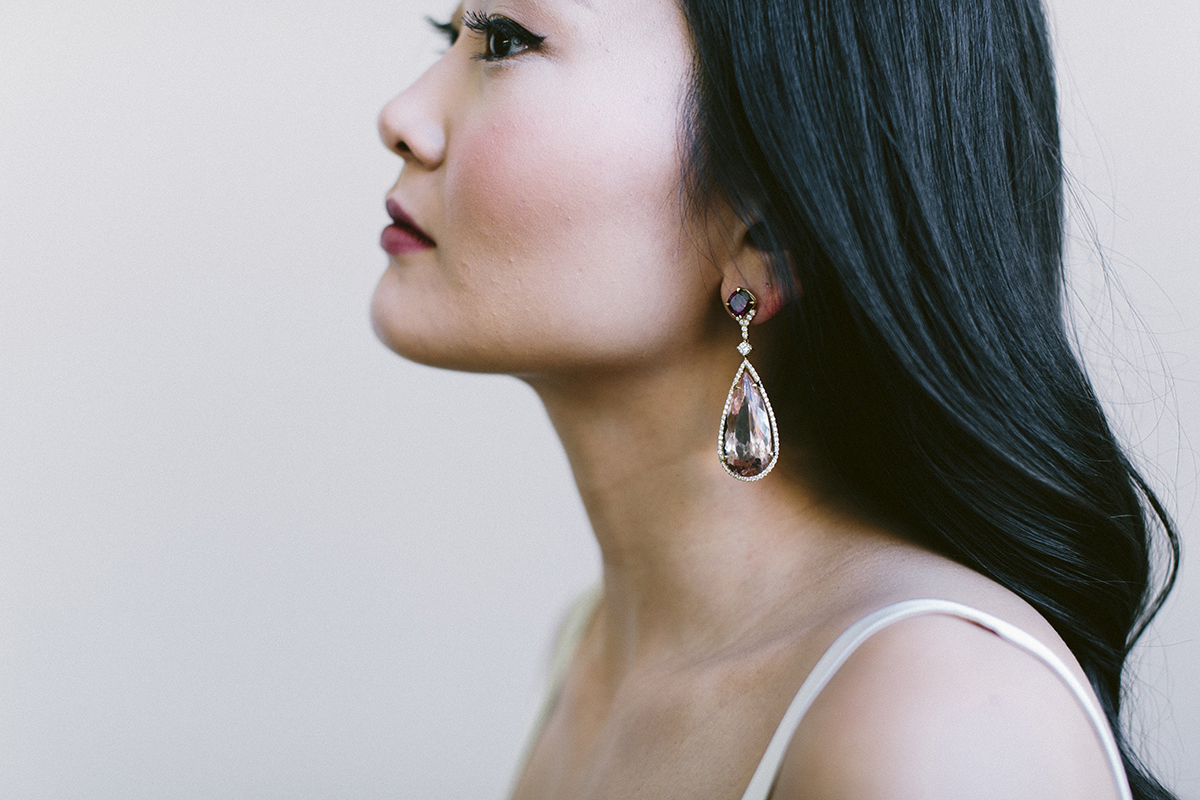
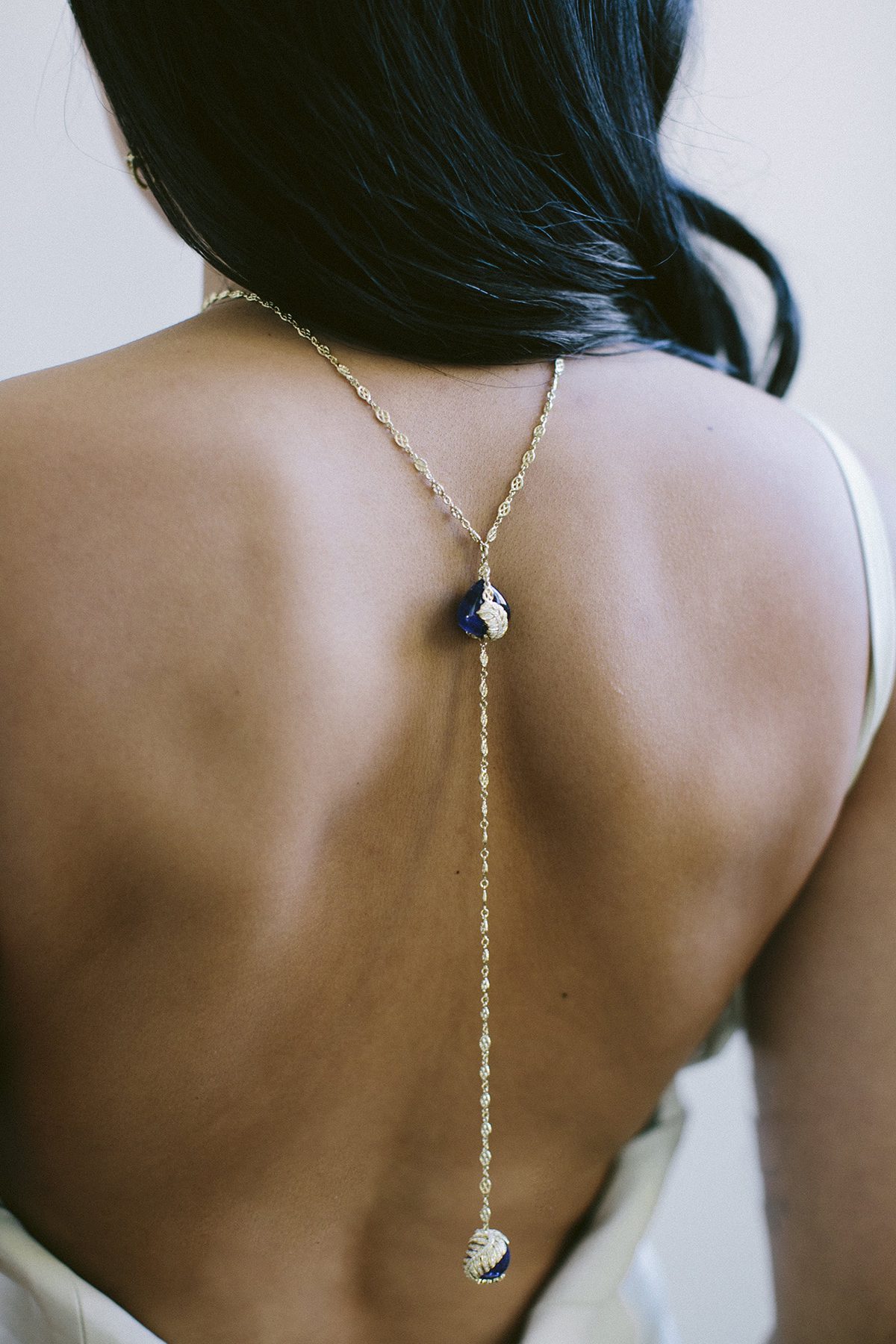
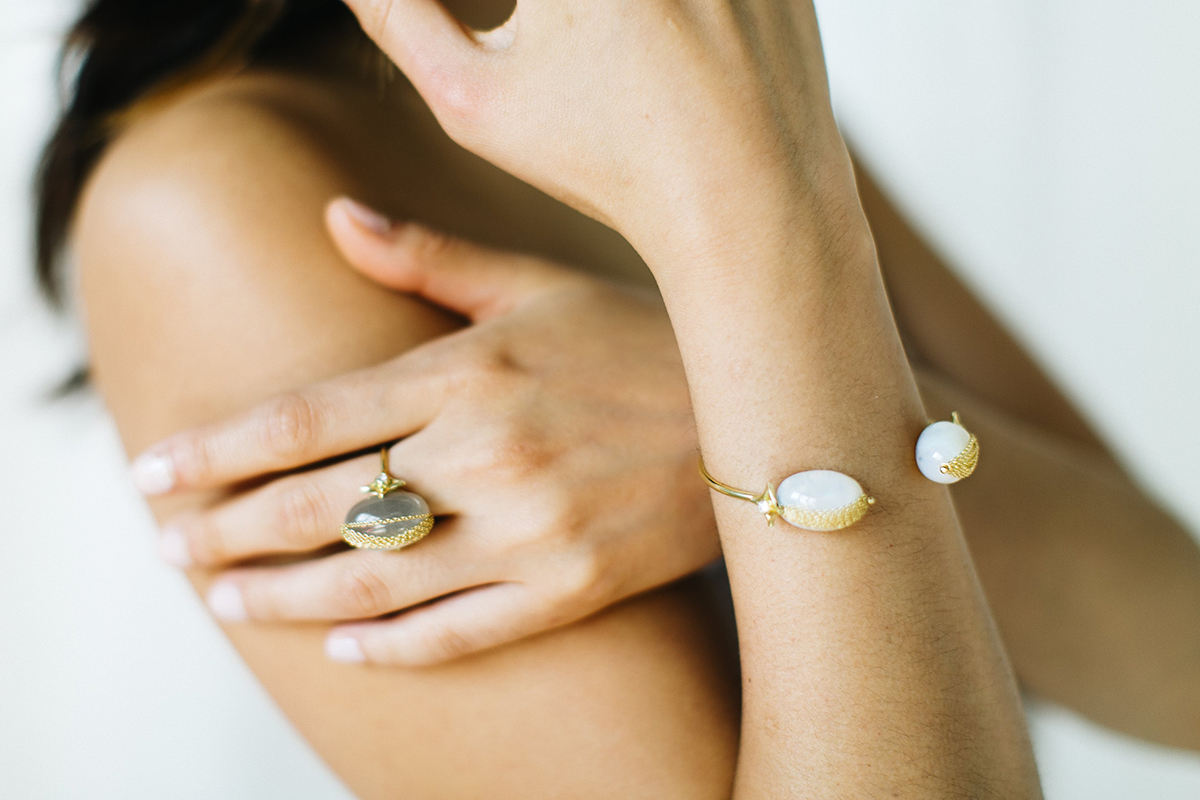
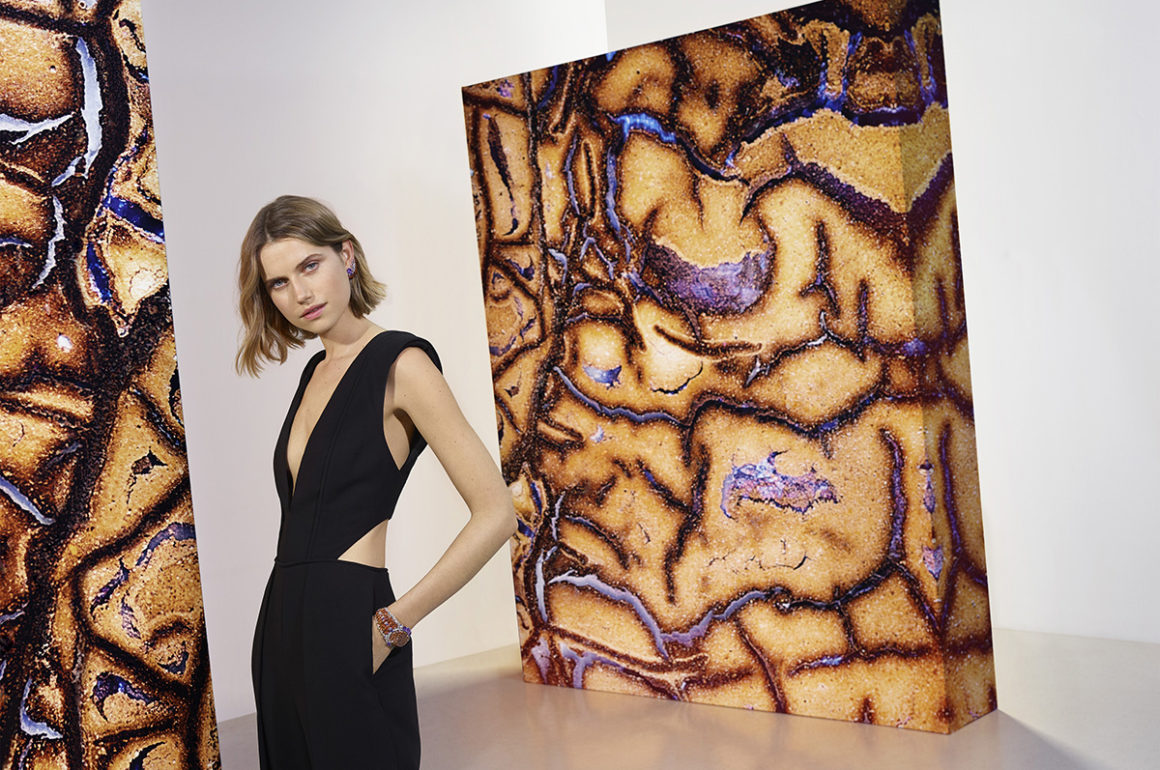
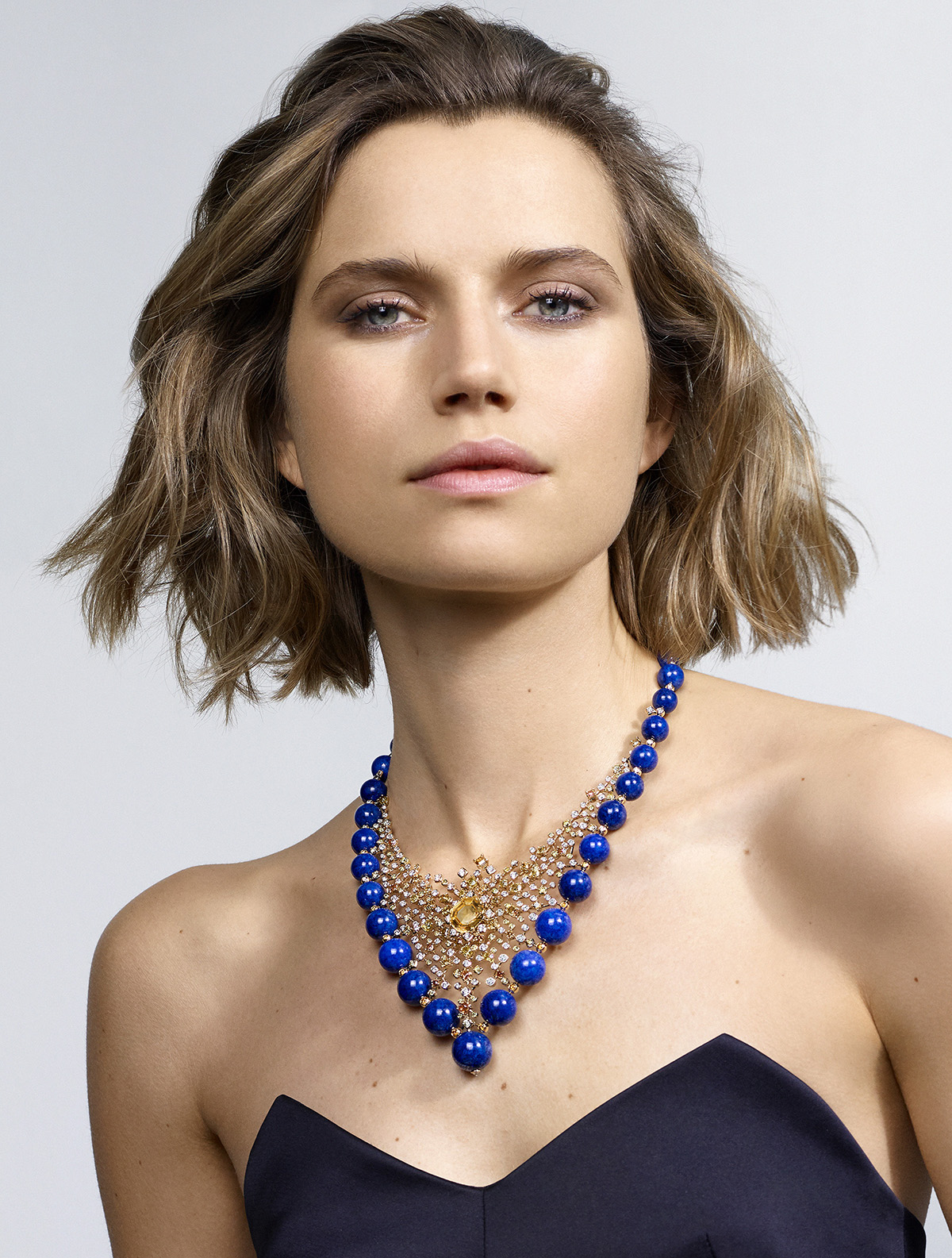
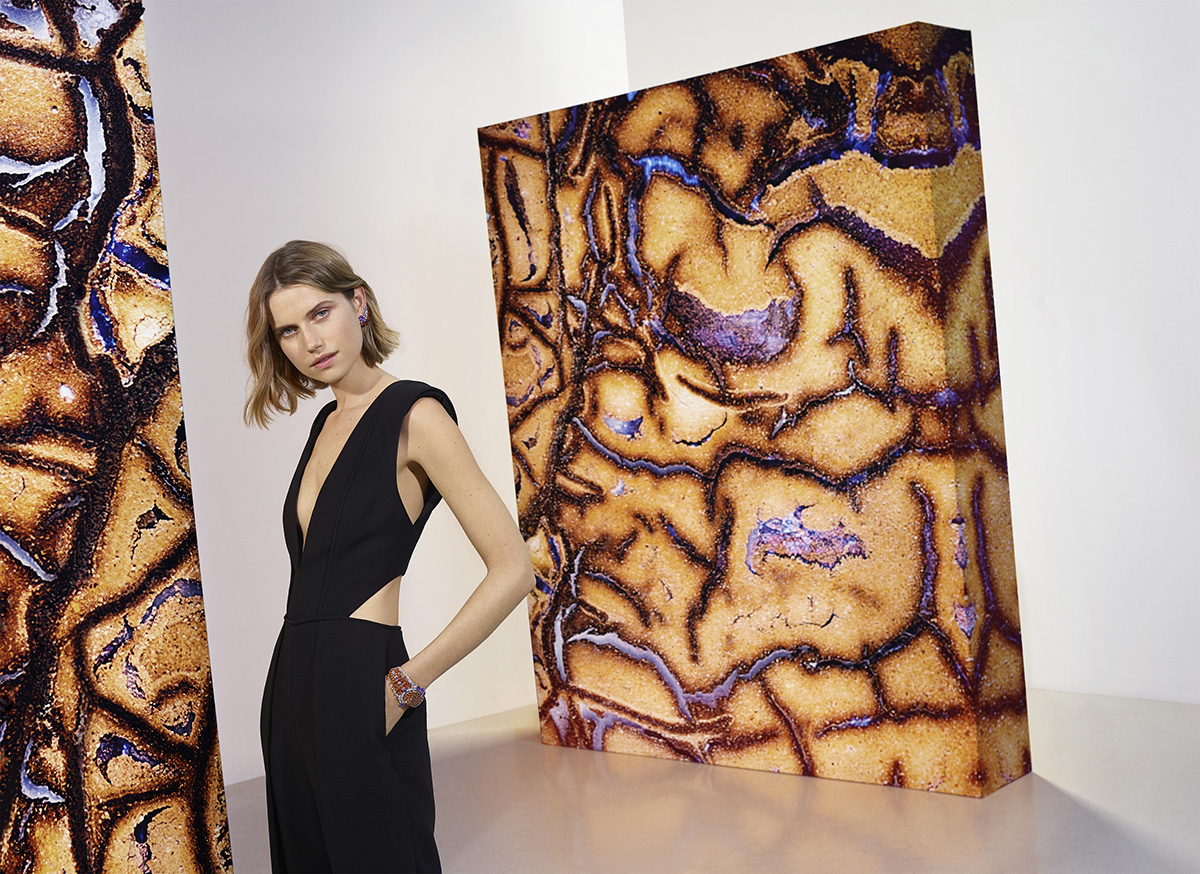
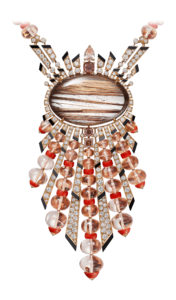





Recent Comments